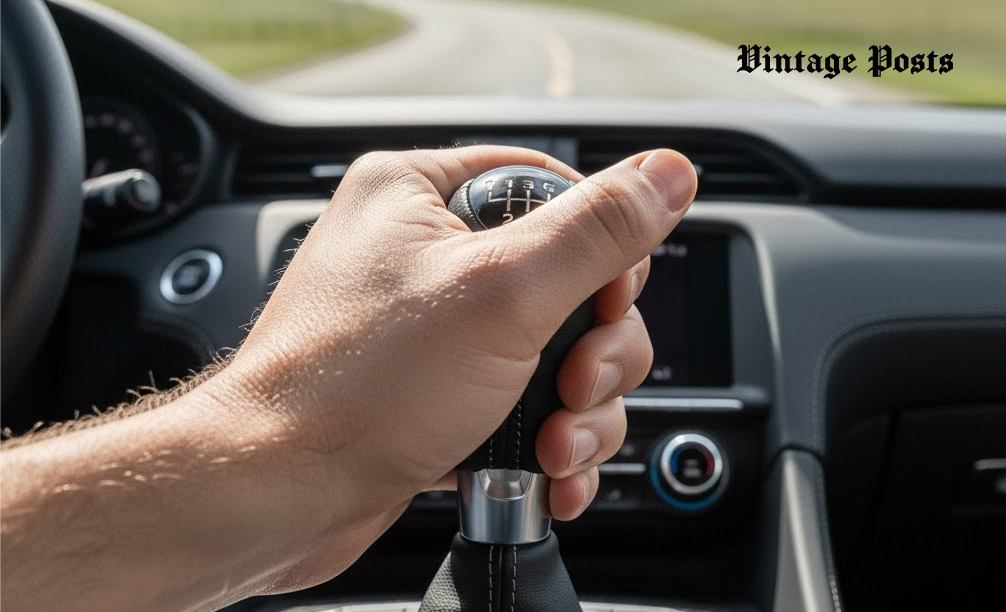Understanding “Switching 2nd”
In the world of driving and personal development, the concept of “Switching 2nd” refers to making smooth, strategic transitions. Whether you’re shifting gears in a manual car or adjusting your communication style in a professional setting, mastering the art of switching gears can enhance your performance, control, and efficiency. This article will explore the various meanings of “Switching 2nd,” its importance in both driving and life skills, and provide actionable insights to help you improve your transitions.
What Does “Switching 2nd” Mean?
“Switching 2nd” most commonly refers to shifting from the first to the second gear in a manual transmission vehicle. However, the term also applies metaphorically to switching approaches or mindsets in different life scenarios, whether in professional settings, personal development, or even technical fields. Understanding how to “switch 2nd” efficiently in each of these contexts can help you excel and adapt more smoothly to challenges.
Switching 2nd in Manual Transmission Cars
How to Shift to Second Gear in a Car
Shifting gears in a manual car is essential for smooth driving and optimal performance. Here’s how to switch to second gear:
- Ease off the accelerator: As you start to accelerate, take your foot off the gas pedal.
- Press the clutch: Depress the clutch pedal fully to disengage the engine from the wheels.
- Move the gear shifter: Shift the gear from first to second.
- Gradually release the clutch: As you release the clutch, gently apply the accelerator to match the engine speed.
Why Switching to Second Gear Matters
Switching to second gear improves vehicle control, particularly on steep inclines or when you need more power. It helps reduce engine strain, improves fuel efficiency, and ensures smoother acceleration. Listening to the engine’s sound can indicate when to shift gears—shifting too early or too late can cause jerks or strain.
- Fuel Efficiency: Second gear provides a balance between acceleration and fuel economy.
- Better Control: On uphill roads or during sharp turns, second gear helps you maintain better control.
When to Switch to Second Gear
Knowing when to switch gears is essential. Here are the signs to look out for:
- Speed: When your vehicle reaches around 10-15 mph (16-24 km/h), it’s time to shift into second gear.
- Engine Sound: If the engine is revving too high, it’s a good indication that you need to shift.
Switching 2nd in Personal and Professional Development
Beyond driving, “Switching 2nd” also refers to adapting your approach in various aspects of life. In personal and professional development, it means adjusting your mindset, communication style, or approach based on the situation at hand.
How to Apply “Switching 2nd” in Life and Work
- Adapt Your Communication Style: Just as you adjust gears to navigate different driving conditions, adapt your communication style to match the needs of a situation. For example, in high-pressure meetings, adopting a calm and authoritative tone can convey confidence, while a more approachable tone may be suitable for team collaboration.
- Shift Your Focus: In personal development, “Switching 2nd” means transitioning between different goals and priorities. When you’re focusing on a career goal, you may need to “shift” your attention from long-term objectives to short-term tasks. Similarly, in a relationship, you may switch between different emotional responses depending on the situation.
- Building Emotional Intelligence: The key to “Switching 2nd” in life is understanding the right time and approach for each situation. Developing emotional intelligence allows you to assess a situation and adjust your behavior accordingly, much like a skilled driver who knows when to switch gears.
Why Switching 2nd Improves Results
- Better Performance: Shifting gears in response to changing circumstances ensures better performance in both personal and professional environments.
- Efficiency: By adjusting your approach based on the situation, you increase the chances of success.
- Stronger Relationships: Flexibility in communication and approach fosters better personal and professional relationships.
Switching 2nd in the World of Technology
While the phrase “Switching 2nd” is commonly associated with driving and personal development, it also finds applications in technology and networking.
Switching in Networking
In computer networking, “switching” refers to the process of transferring data packets between devices or network nodes. A network switch is a device that facilitates this transfer by forwarding data based on MAC addresses. This enables smooth communication between devices in a local area network (LAN) and ensures that data reaches the right destination efficiently.
Nintendo Switch
The Nintendo Switch is a hybrid video game console that allows users to switch between handheld and docked modes. This flexibility is akin to shifting gears in a car, enabling users to adjust their gaming experience based on their preferences and environment.
Electrical Switching
In electrical systems, a 2-way switch allows a user to control a light from two different locations, such as from both ends of a staircase. This is a practical example of switching in a completely different context.
Common Mistakes When Switching 2nd
In both driving and personal development, there are common mistakes people make when attempting to switch gears, whether literally or metaphorically.
In Driving
- Shifting Too Early or Late: Shifting too early may cause the engine to struggle, while shifting too late can lead to unnecessary wear on the clutch.
- Not Matching Speed with Gear: Failing to match your vehicle’s speed with the gear can result in jerky movements.
In Personal and Professional Settings
- Inflexibility: Sticking rigidly to one communication style or approach can hinder progress. Being too fixed can prevent growth.
- Not Listening to Others: Just like listening to the engine’s sound when shifting gears, listening to others is crucial to understanding when and how to make adjustments.
Conclusion: Perfecting the Art of Switching 2nd
Mastering the art of “Switching 2nd” can significantly improve your performance, whether you’re behind the wheel, in a business meeting, or navigating personal relationships. The ability to adjust your approach based on the situation not only enhances your efficiency but also ensures smoother interactions and better results.
By practicing these techniques, you can enhance your ability to make seamless transitions in various aspects of your life, just as a skilled driver switches gears for optimal control. Whether it’s driving, personal growth, or adapting in professional scenarios, the principle remains the same: Know when to shift and do so with intention and care.
FAQs
What does “Switching 2nd” mean in driving?
In driving, “Switching 2nd” refers to shifting from first to second gear in a manual transmission car. It improves control and efficiency.
How can I apply “Switching 2nd” to personal development?
By adapting your communication style and behavior to different situations, you can enhance personal and professional relationships, just as a driver adjusts their approach for better control on the road.
What are the common mistakes when switching gears?
Common mistakes include shifting too early or late and not matching the vehicle’s speed with the gear.
For More Update Visit: Vintage Posts















Leave a Reply